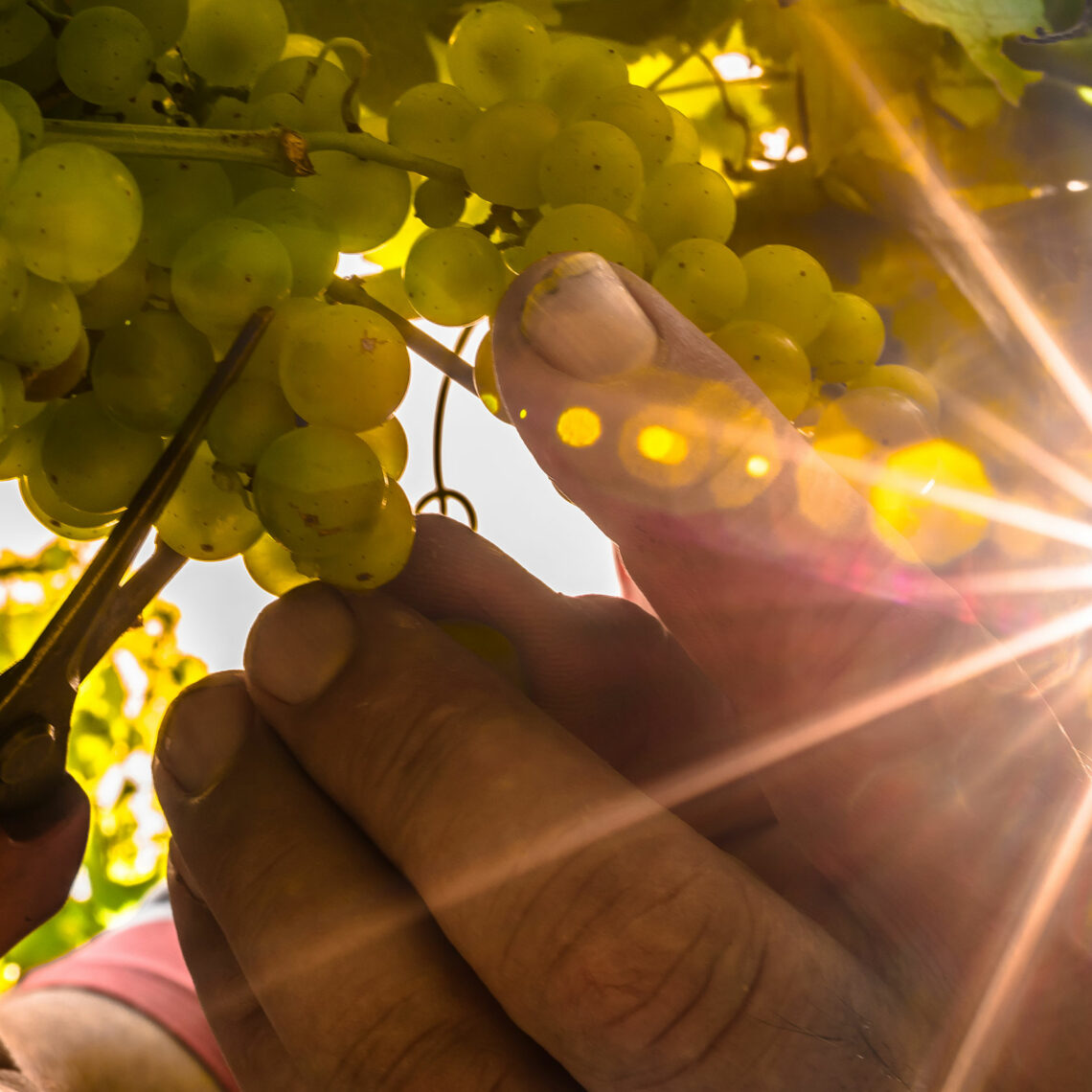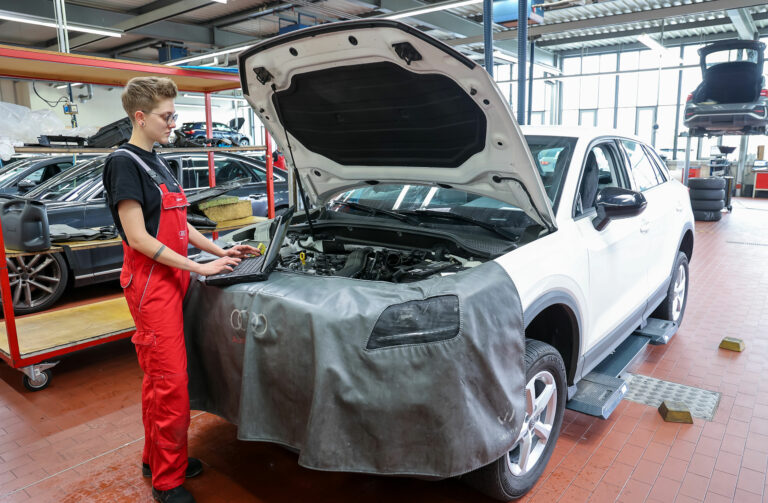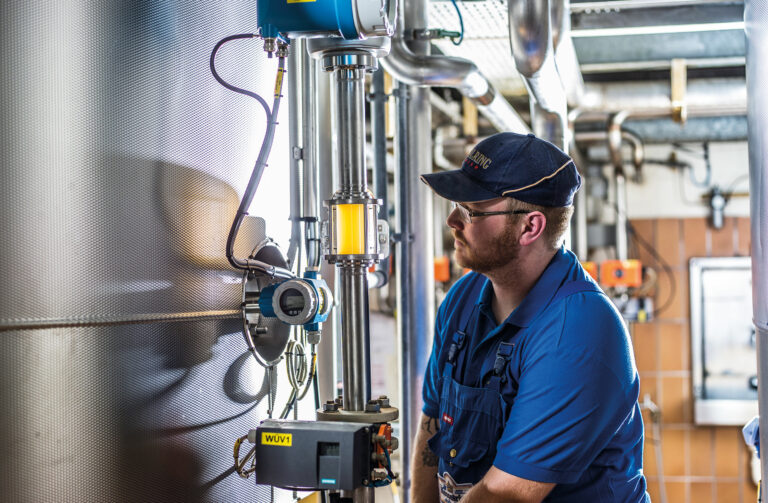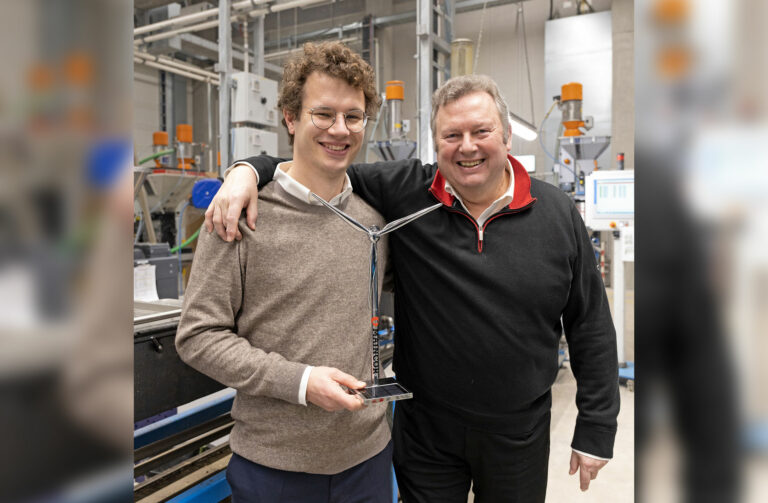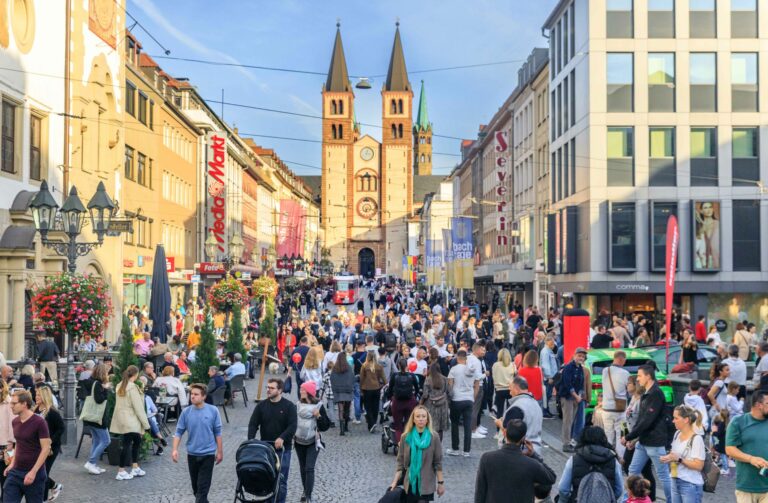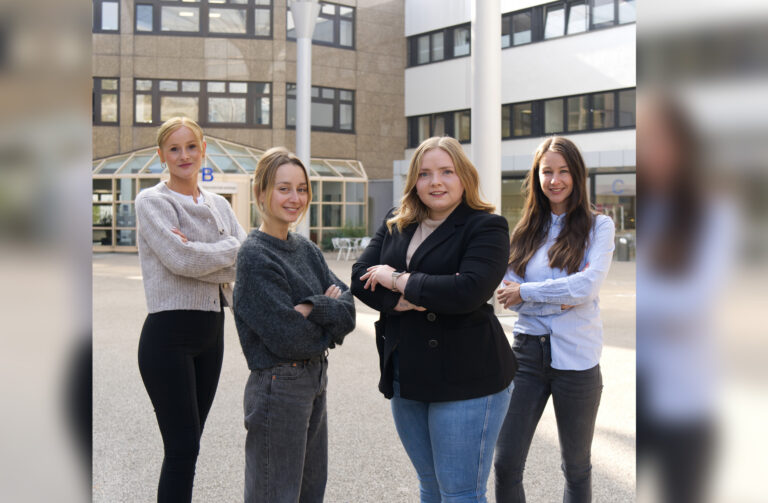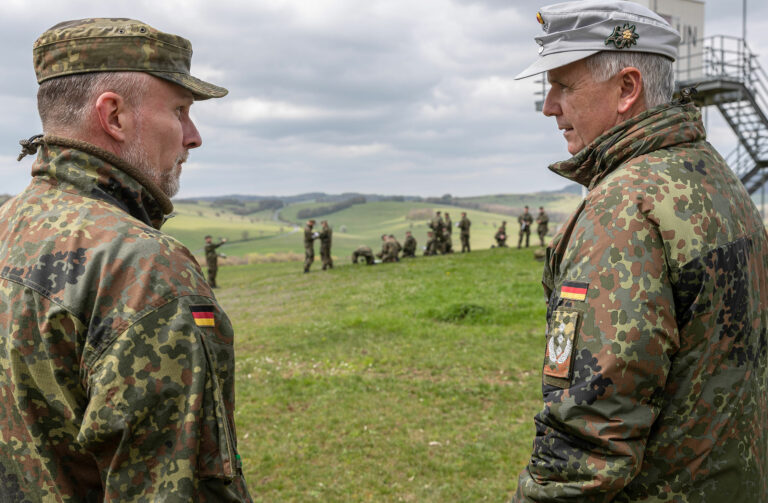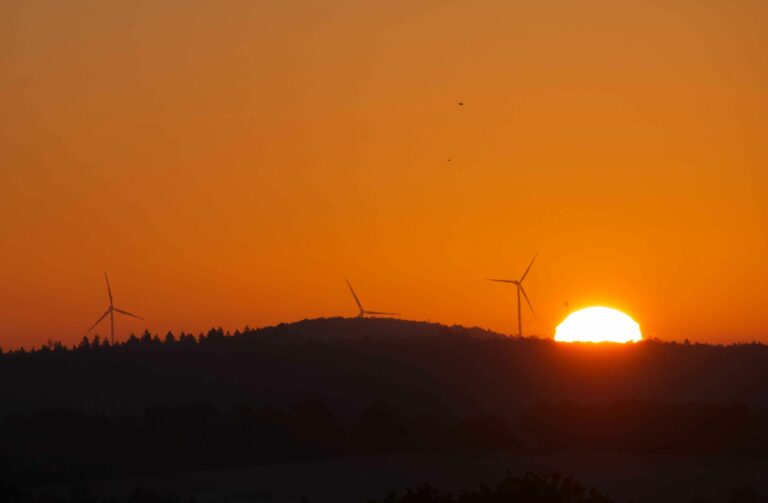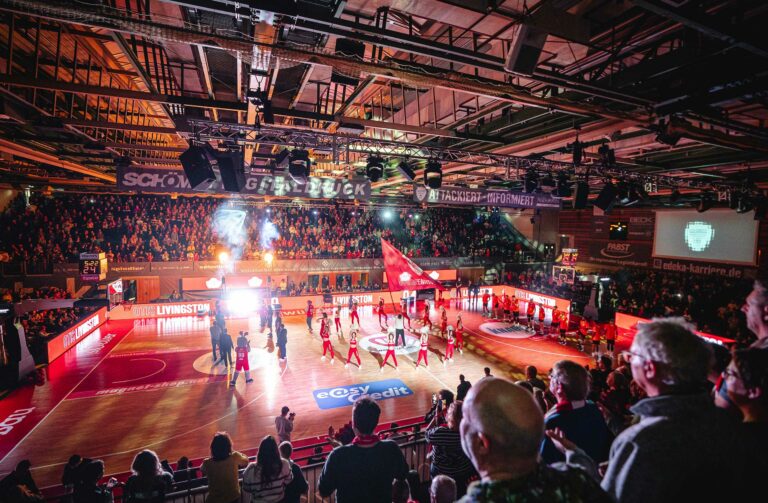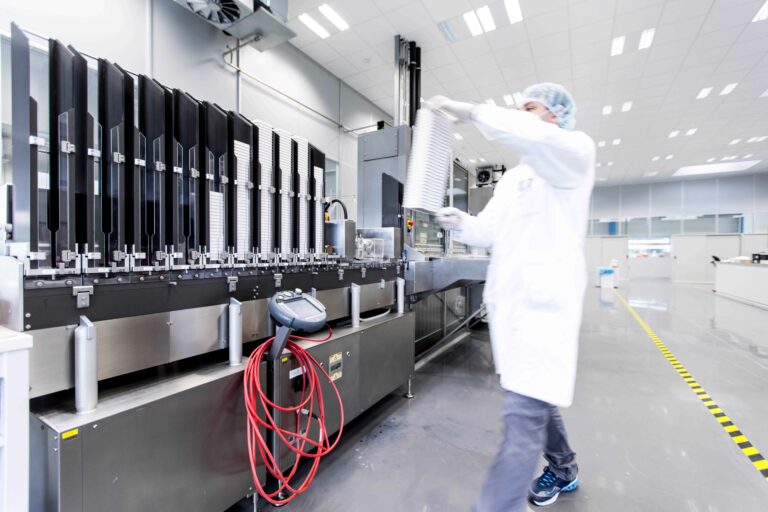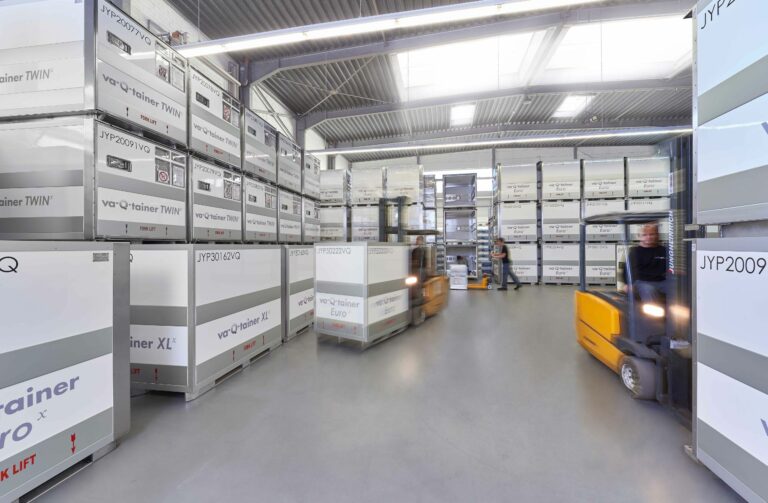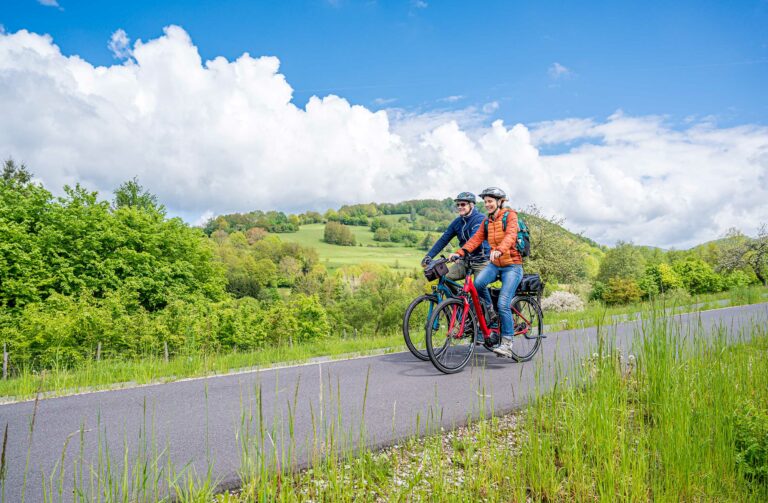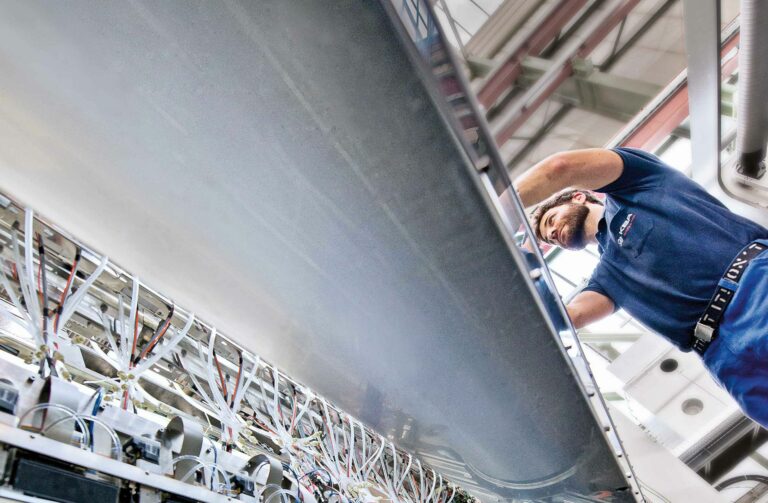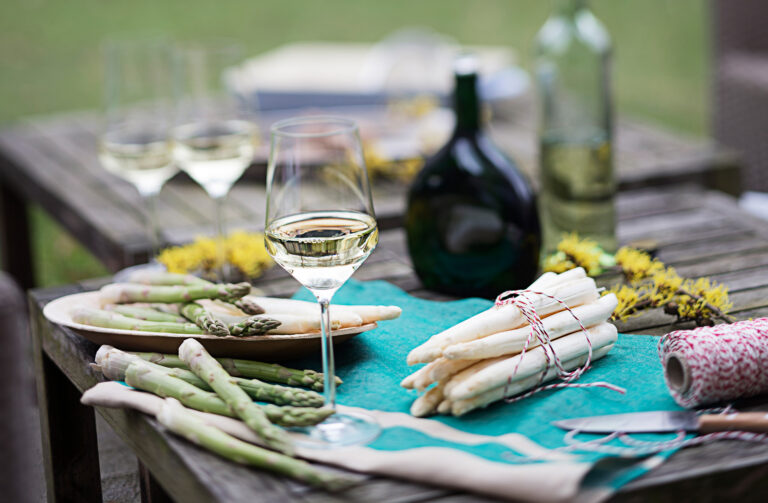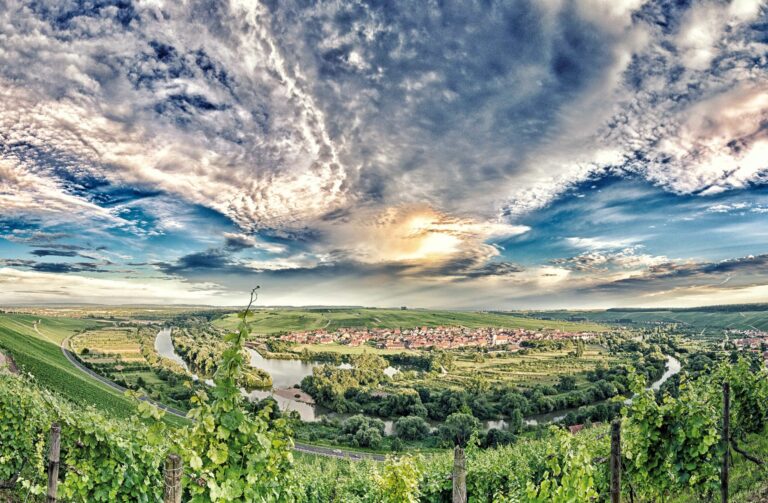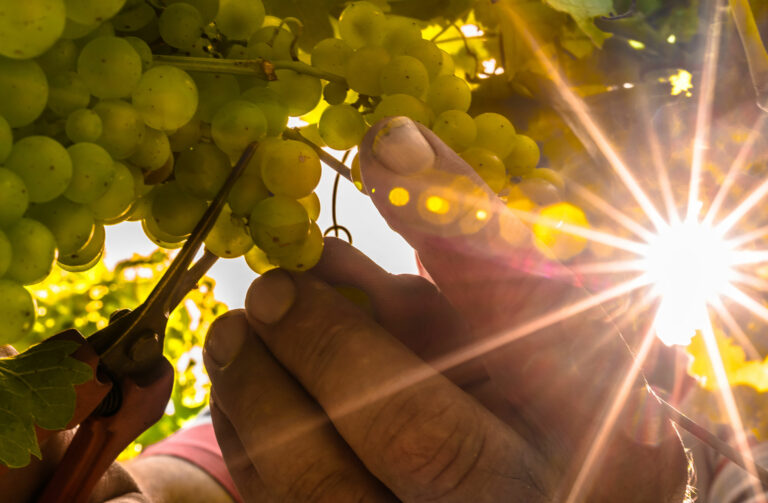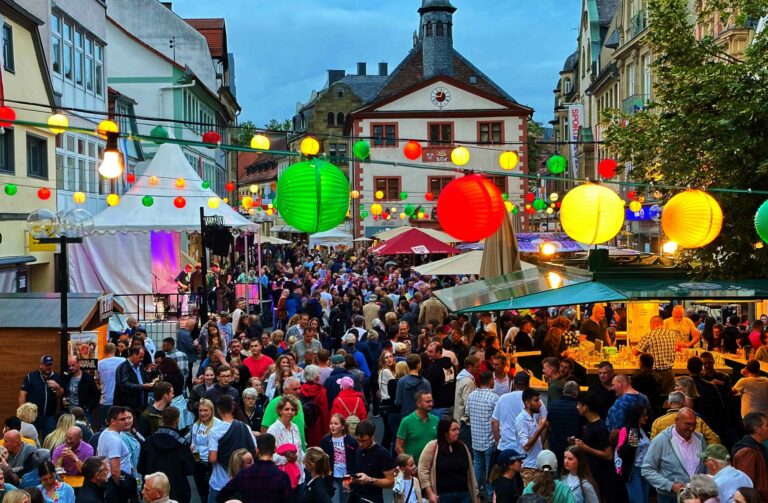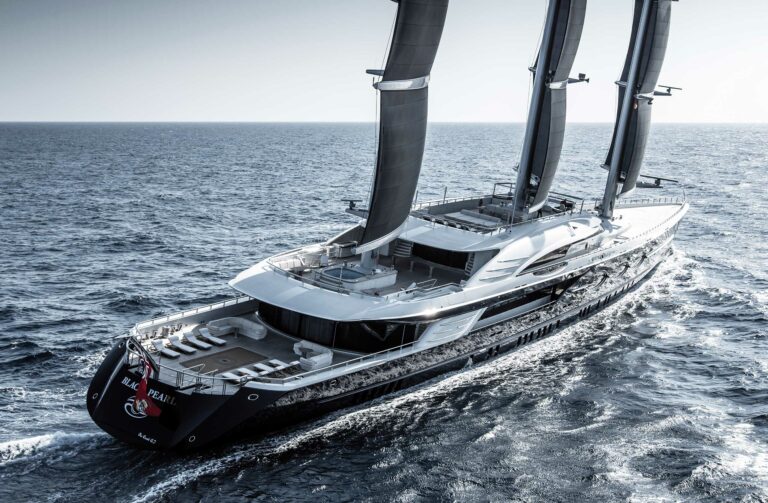Distinctive wine-growing: Franconia – home to Silvaner since 1659
What images spring to mind when you think of Main Franconia? What does someone from Hamburg local have in common with the landscape between Spessart and Steigerwald? What kind of wine does a good sommelier recommend if you ask them for a typical wine from Franconia? An impressive part of the German population answers these three questions spontaneously with vineyards, Bocksbeutel and Silvaner. Because in addition to industrial production, trade and services, Main Franconia is strongly characterised by wine and tourism. Winegrowing has been at home in this region for many centuries – giving a face to the home of the Silvaner.
The cultivated wine landscape is part of Franconia’s self-image, the basis for expanding tourism and at the same time the foundation for the wine tourism brand, “Franken – Wein.Schöner.Land!”. The wine industry’s up to 300 million euros market output and around 3.5 billion euros of wine tourism accentuate the importance of the two economic sectors and at the same time their mutual dependence.
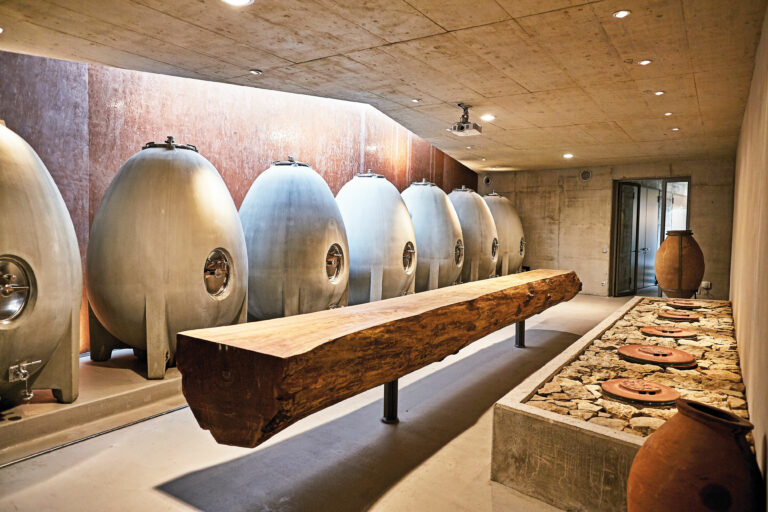
Along the River Main, its tributaries and on the western slopes of the Steigerwald, there are ideal conditions for growing white and red wine grapes. The continental climate, with around 1,750 hours of sunshine, only around 600 millimetres of precipitation per square meter (both figures per year), cold winters and very warm summers, supports the winegrowers in their efforts to offer very distinctive, unmistakably Franconian wines. However, the typical Triassic soil formations of red sandstone, shell limestone and keuper also help clearly distinguish the wines’ terroir from other regions’ products.
Family structures are characteristic of Franconian winegrowing. The 6,200 hectares of vineyards are cultivated by about 3,000 winegrowing families. The majority are small vineyards with less than half a hectare. The number of vineyards with more than ten hectares of cultivated land is steadily increasing. Around 30 per cent of Franconia’s vineyards are cultivated by winegrowers who have joined together to form winegrowers’ cooperatives, press the grapes from their own vineyards centrally, produce wine from them and market it jointly under a single name.
With an annual production of approx. 450,000 hectolitres of wine, the Franconian wine region is one of the small regions in the European and global winegrowing environment. However, the people of Main Franconia are convinced that it is precisely these very strong family, regional roots and the clear, unmistakable profile of Franconian wine that offer more opportunities than risks for Franconian winegrowers in the context of increasing globalisation. After the opening up of the East, the Franconian wine country is now situated in the heart of Europe, accessible to everyone, tangible for everyone, to be experienced by everyone. The winegrowers have a face and a voice, and the typical bottles, the Bocksbeutel, have an unmistakable shape.
The association Fränkischer Weinbauverband e. V. oversees the European-wide patent, which guarantees the use of this unique bottle shape almost exclusively for Franconian winemakers. The Bocksbeutel is a clear differentiator that clearly defines the origin of the contents like no other bottle: Bocksbeutel is Franconia, and almost 30 per cent of all Franconian wines reach the consumer in Bocksbeutel, many of them boasting medals and prizes on the label.
Information
25 per cent of the wines are Silvaner, which is therefore the most common grape variety in Franconia. Franconia is internationally known and distinguished for this autochthonous grape variety, which has been at home here since 1659. Franconian Silvaner wine has won many competitions, proving that Franconia produces the best Silvaner wines in the world. Müller-Thurgau comes in second place, growing on around 22 per cent of the vineyard area. Bacchus, Riesling, Pinot Blanc and Pinot Gris are other varieties from the typically Franconian range. The popular Franconian red wines, especially Pinot Noir, Domina, Dornfelder and Regent, grow on around 18 per cent of the area.
Header picture: Franconia has been home to Silvaner since 1659. Photo: Rolf Nachbar gww

